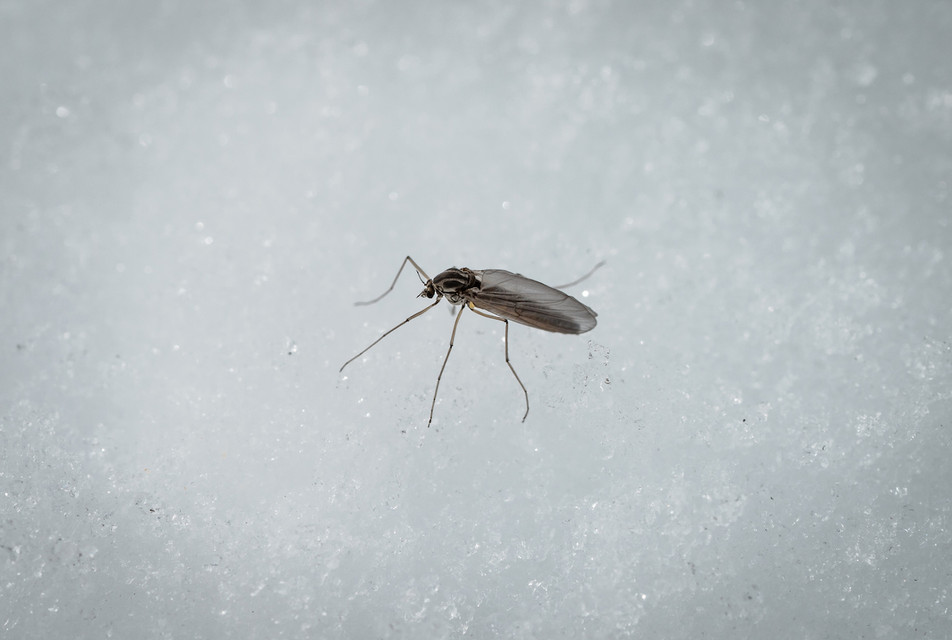
Winter Midges: How to Fish the Midge Hatch
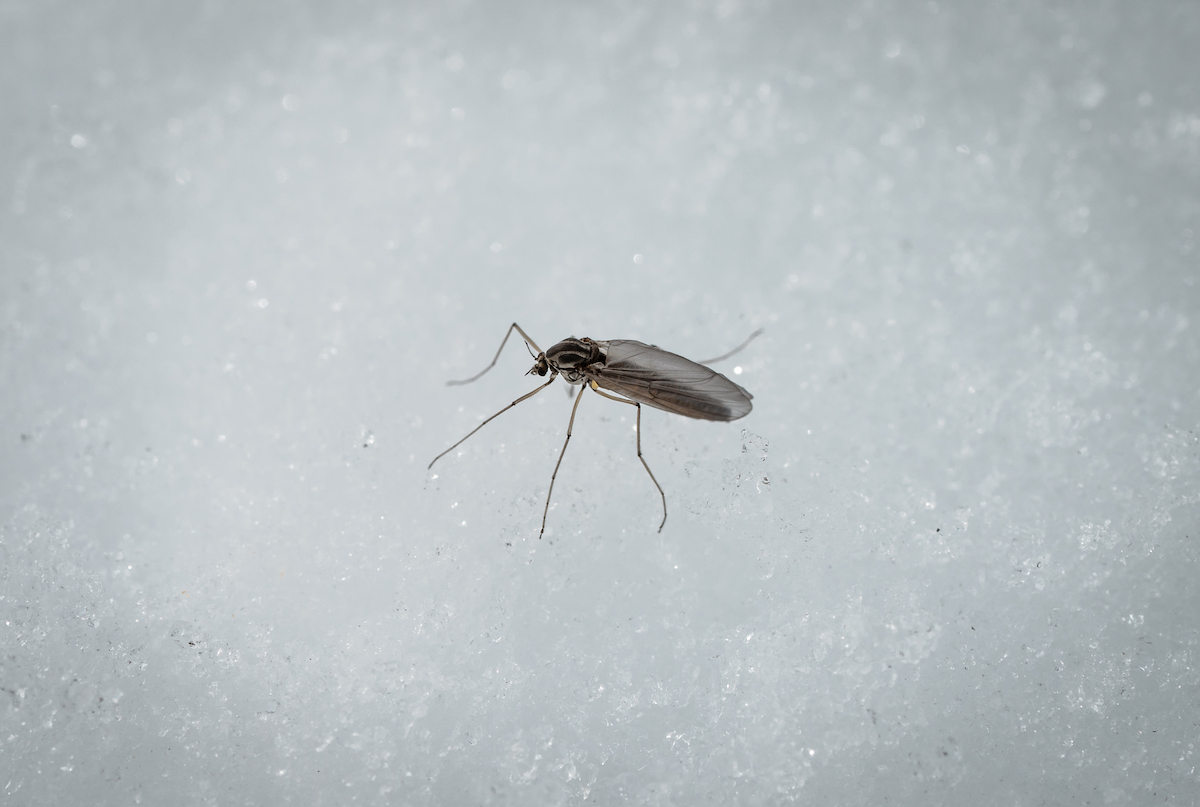
Midge Guide
In the colder months of winter anglers venturing out to the rivers will open their fly boxes, revealing rows of tiny flies that are simply referred to as midges. Winter midge flies range from 18’s to 28’s in a variety of colors and profiles to fool trout in cold clear water. In this midge guide we are going to dive into the lifecycle of the Midge, the flies to imitate those stages to find more opportunities for success in the winter months.
Midges are members of the insect order called Diptera and there are over 3,500 different species of Diptera. As an angler, it means that this abundant insect is in many different rivers and lakes and hatches throughout the year. A couple of the unique properties of a midge is that they can undergo a complete lifecycle in just a few weeks (from egg, to larva, to pupa, adult) and the cold grip of winter does not affect their ability to reproduce. This means they are a staple in a trout’s diet through the winter months.
When trout are selectively feeding on midges knowing a little bit about the lifecycle of a midge can be the difference between constantly hooking fishing or struggling to get bites.
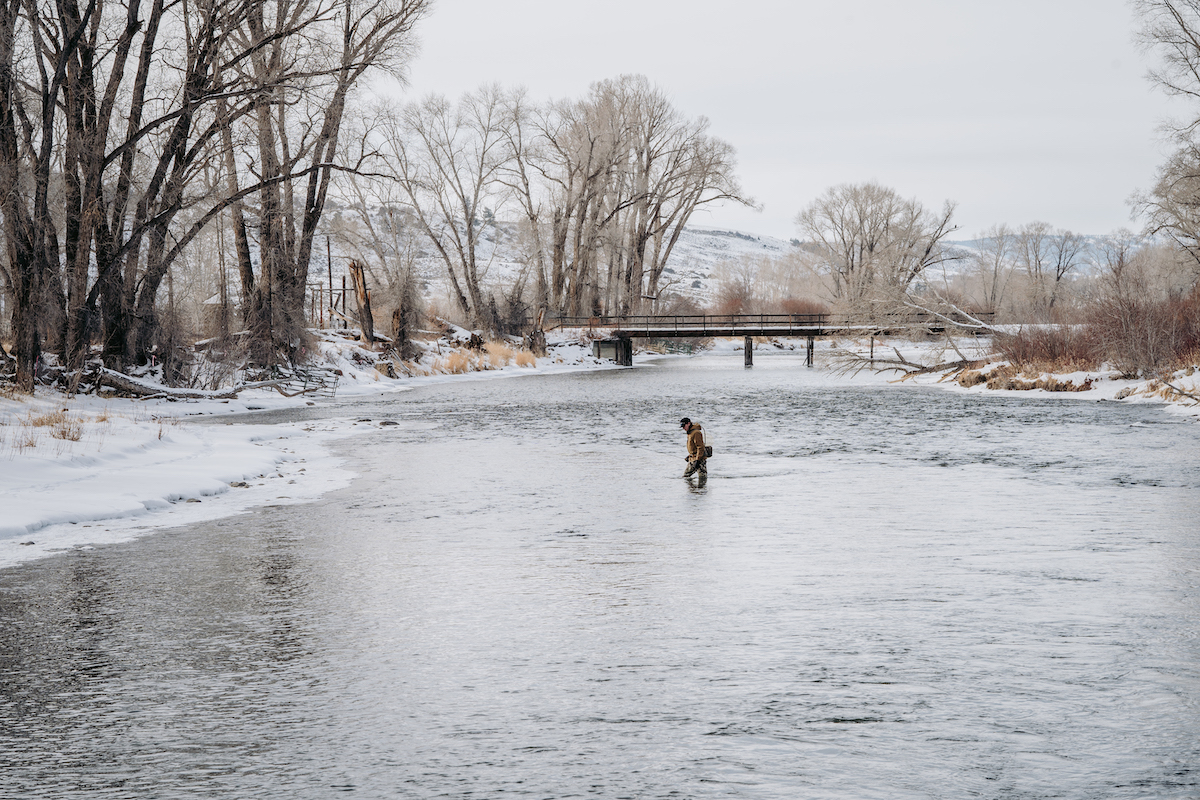
Larva /
Once the eggs have hatched, they become larva and look like a small worm. The larvae live in the substrate of the river and easily get caught up in the drift sending them downstream. The slender profile of these bugs is represented in a variety of colors and sizes.
Midge Larva Patterns /
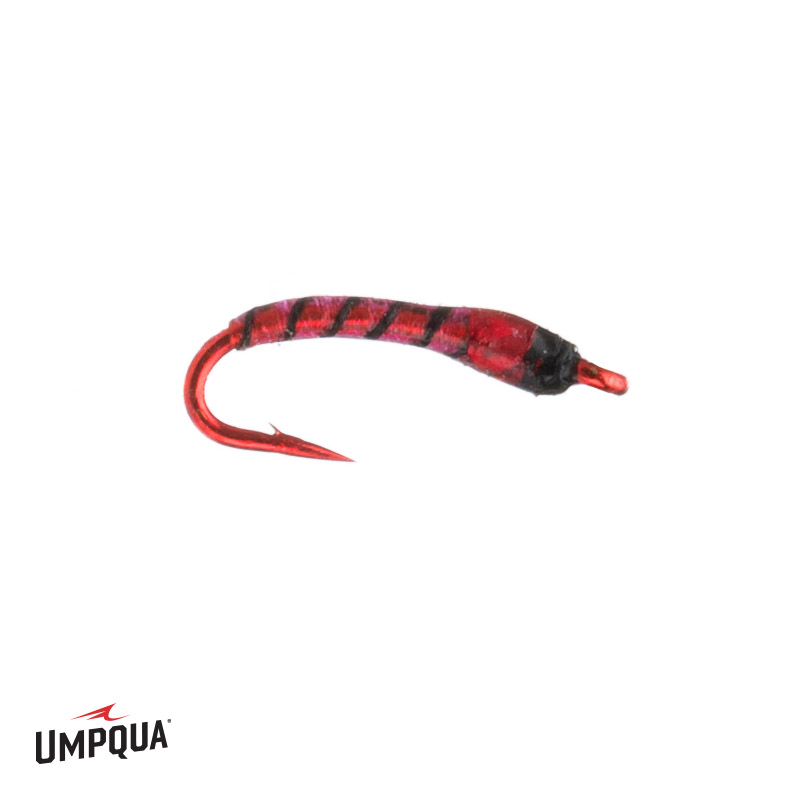
Demon Midge from Signature Tyer Matt McCannel
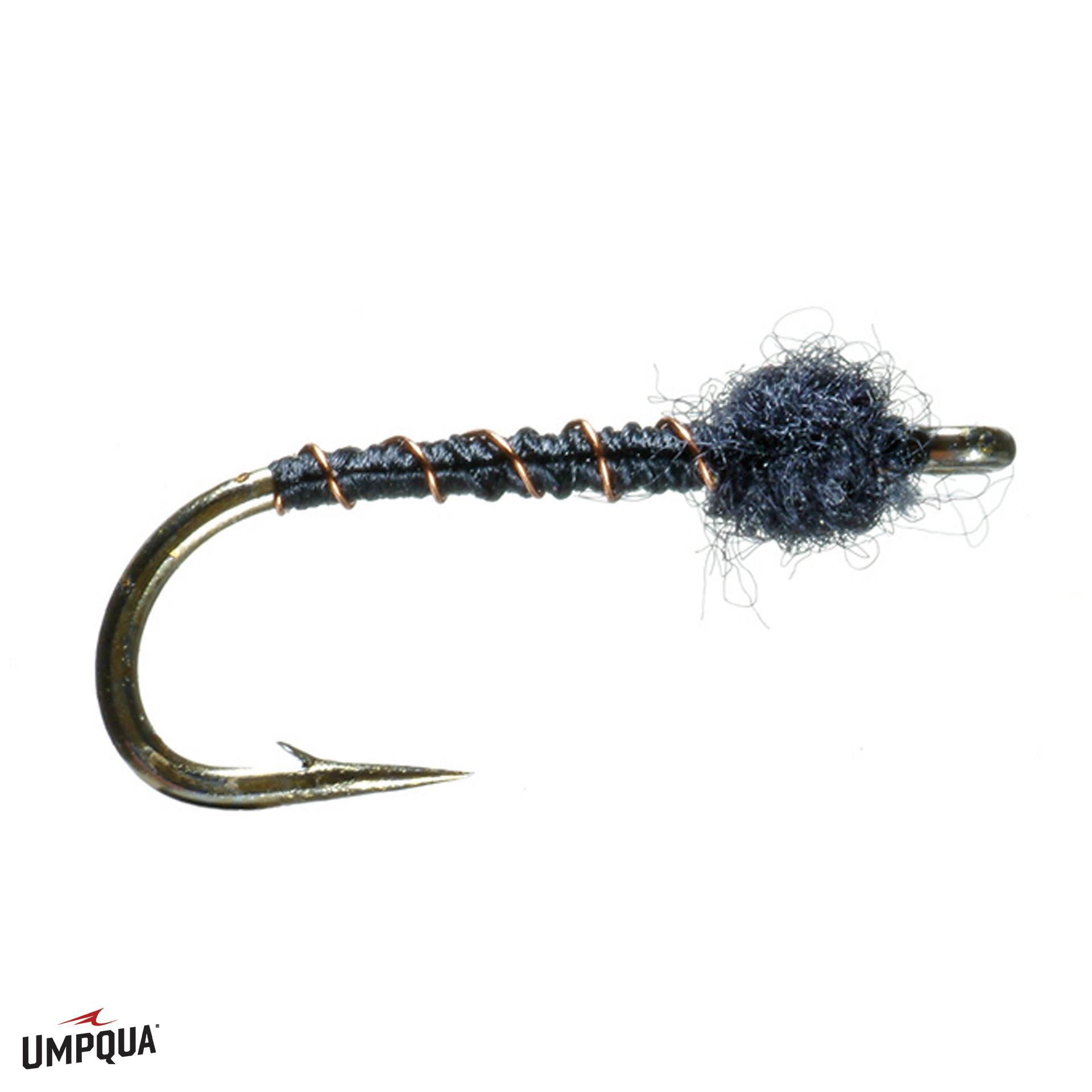
Black Beauty from Signature Tyer Pat Dorsey
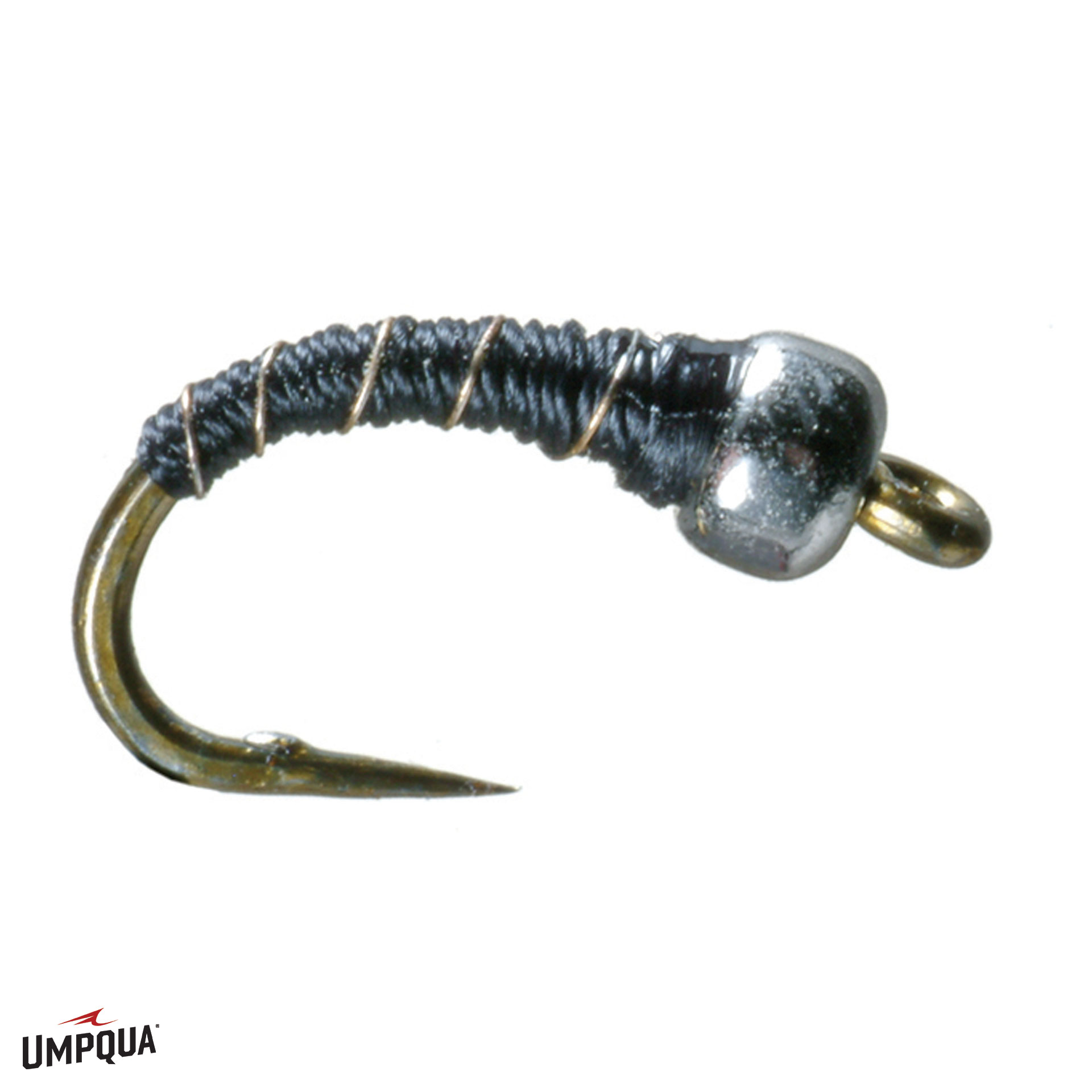
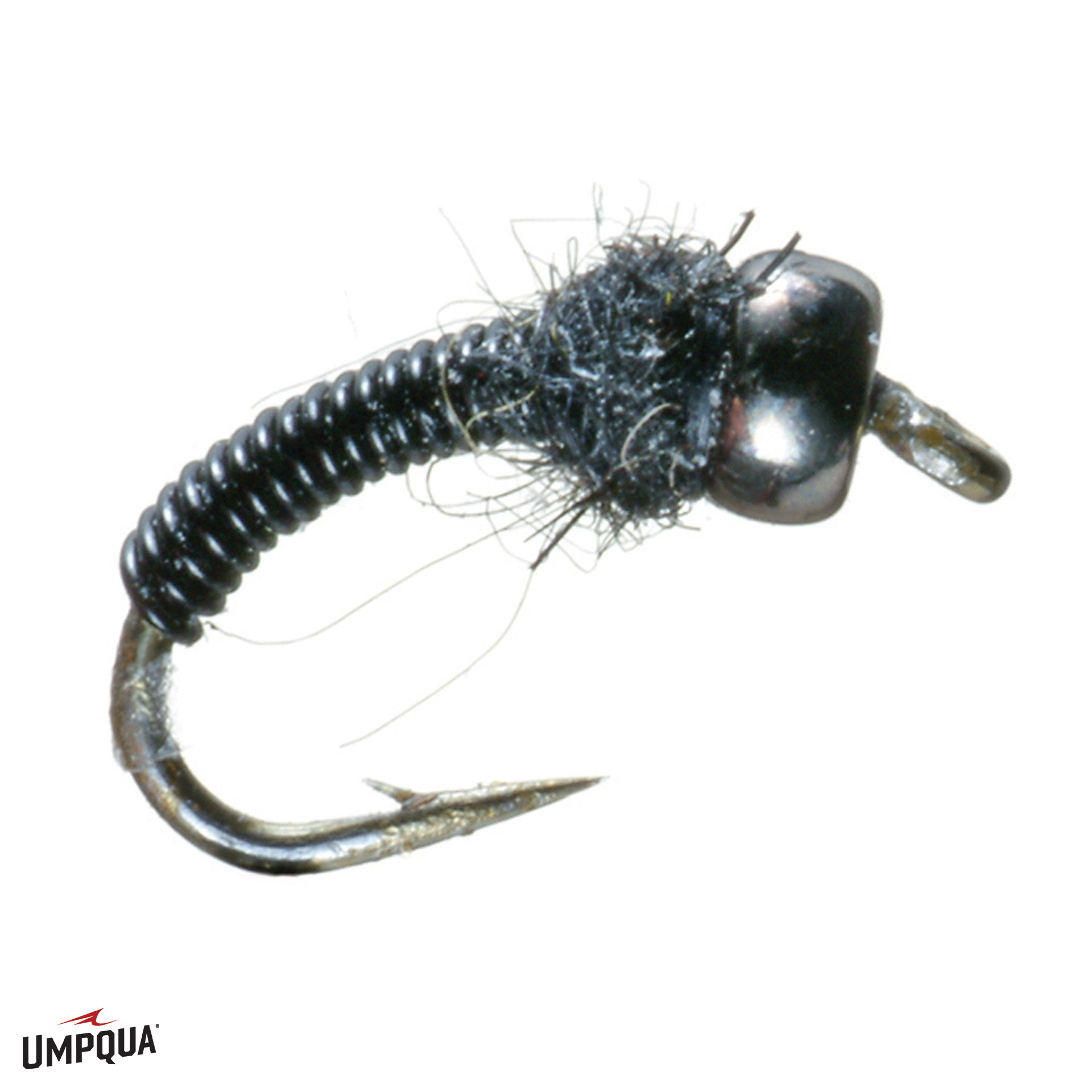
Poison Tung from Signature Tyer Charlie Craven
Pupa /
As the larva reaches maturity and gets trigged to begin the journey to adulthood they begin to twitch about and undergo their first major change as they break free of their larval sheath. Once separated from the sheath, the pupae form a gas bubble to bring them up to the water’s surface. At this phase the midge pupae are in the drift and an easy target for trout.
This change from Pupa to Larva is noted by a shorter stockier body with an enlarged thorax and often times a shiny air bubble on the head.
Midge Pupa Patterns /
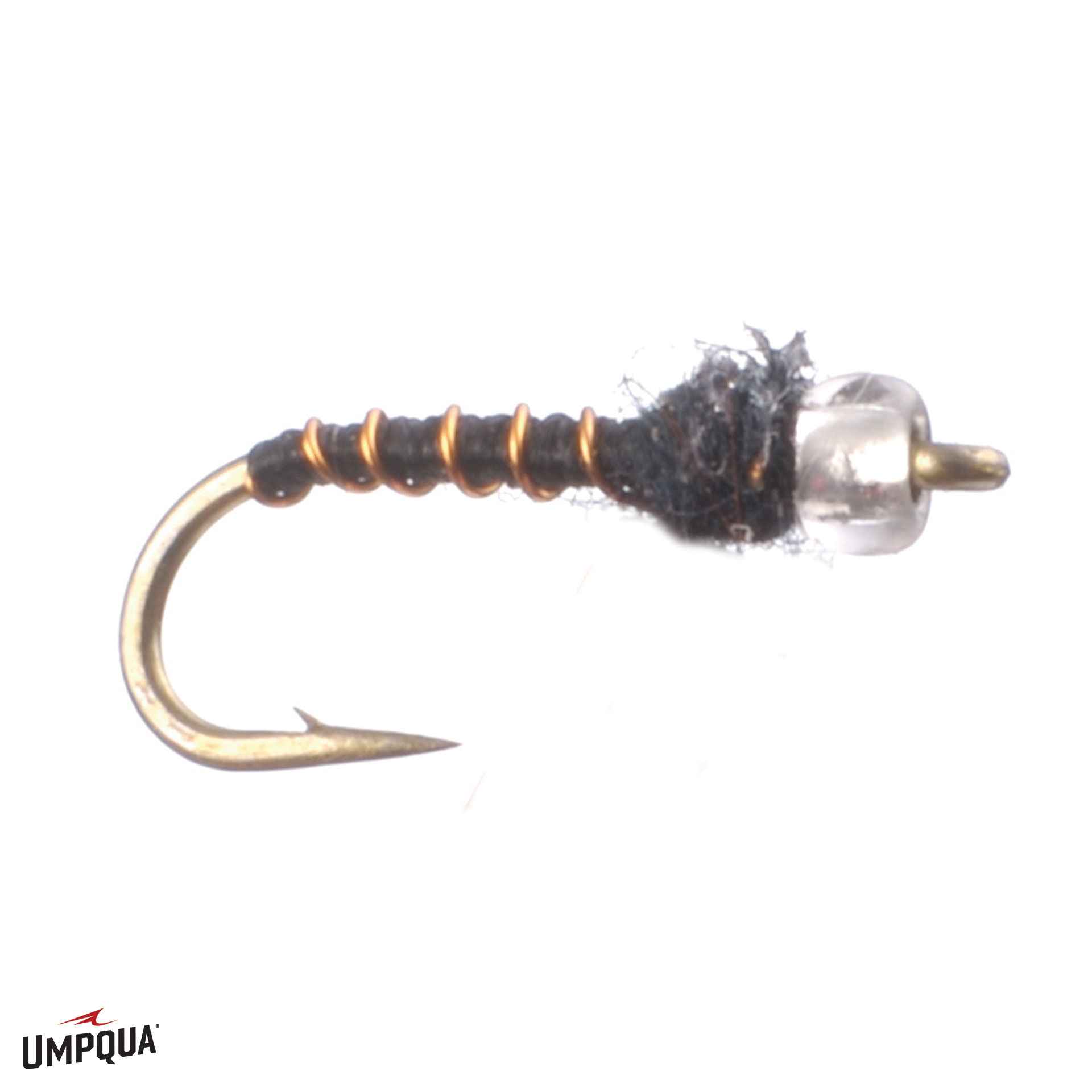
Mercury Black Beauty from Signature Tyer Pat Dorsey
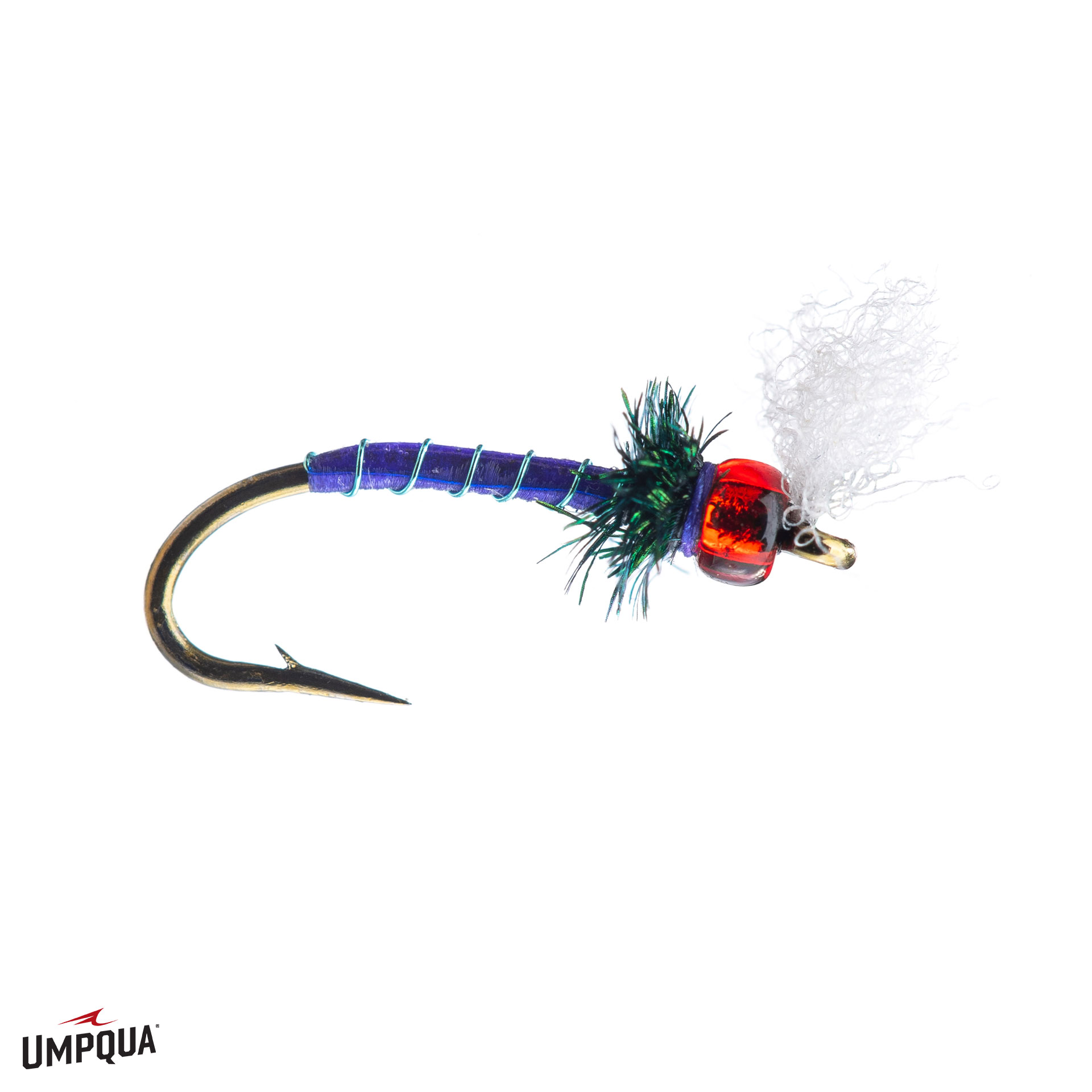
Rojo Midge from Signature Tyer Greg Garcia
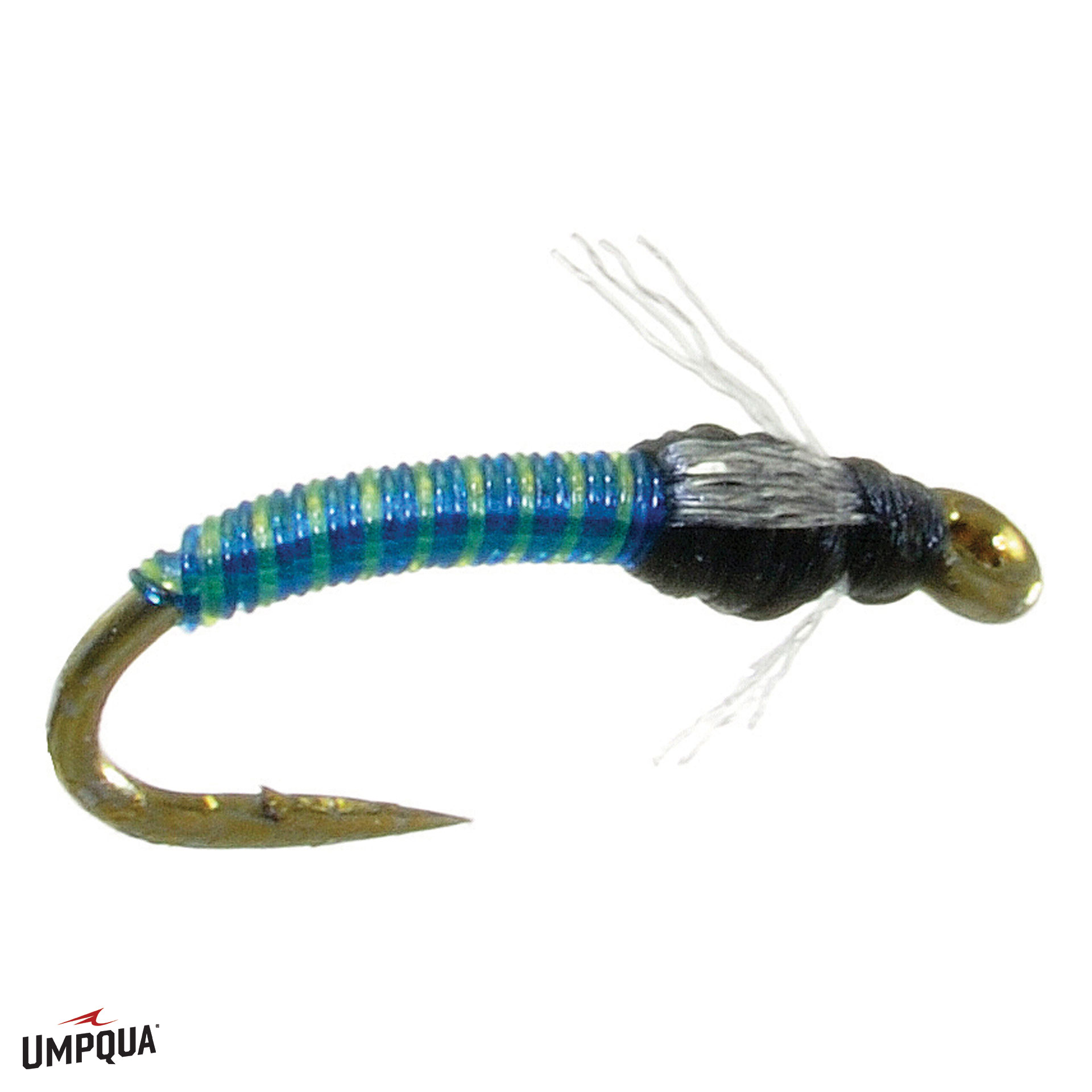
Jujubee Midge from Signature Tyer Charlie Craven
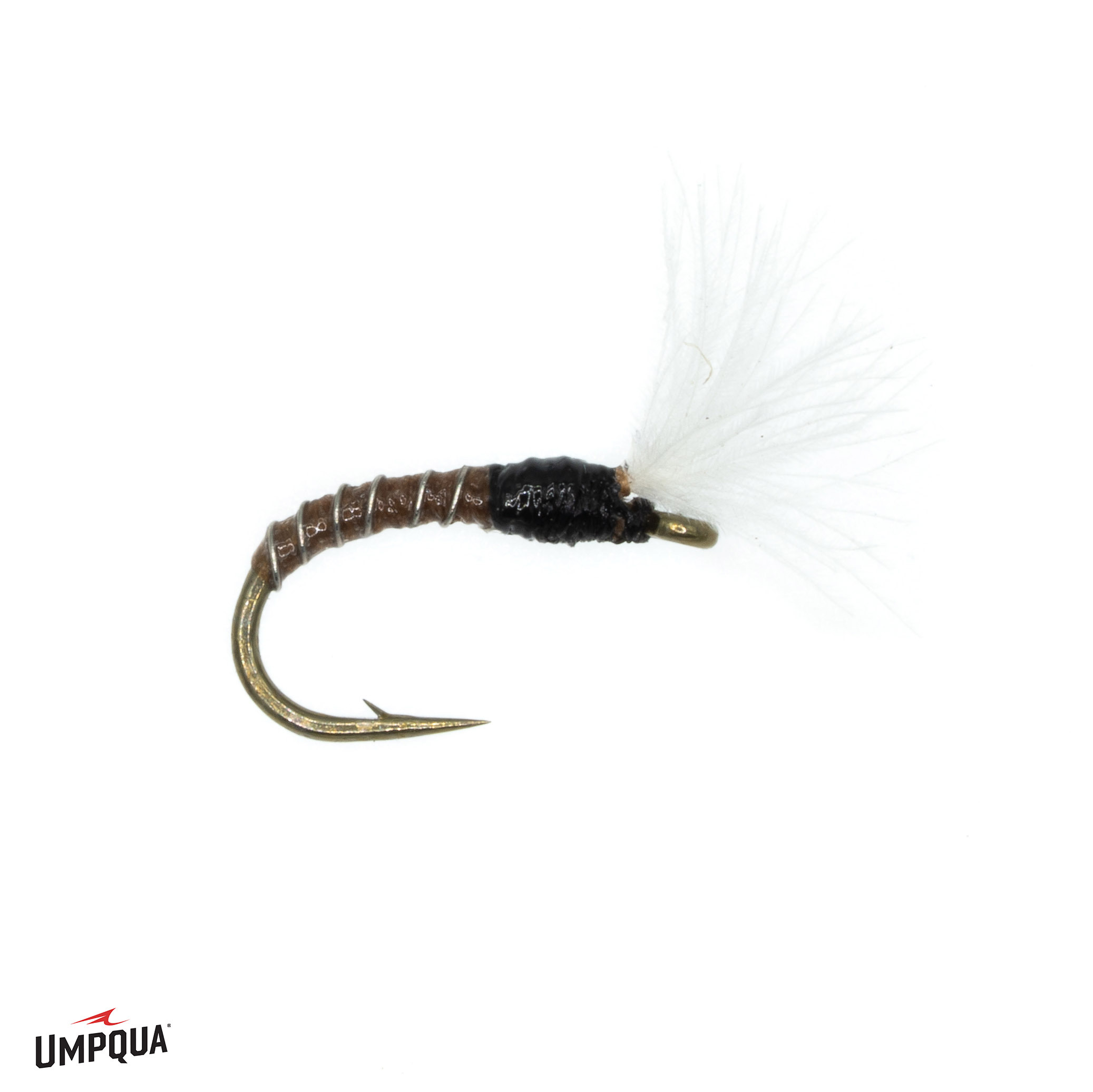
No Mercy Midge from Signature Tyer Phili Iwane
Adult /
In the winter months both trout and anglers always notice adults on the water. Typically, anglers will see a trout sipping adults or the stuck in the shuck emergers before seeing the small bugs flying about. To ID an adult Midge, anglers just have to reference the well-known Mosquito, as they have a similar look.
A good midge hatch may only last for a short window during the cold of winter, but the adults might live for a couple of days or a couple of weeks before laying their eggs and completing their lifecycle.
Getting the opportunity to fish small delicate dry flies on a crisp winter’s day creates a memorable experience that keeps anglers chasing this iconic winter fly, the midge.
Midge Adult Patterns /
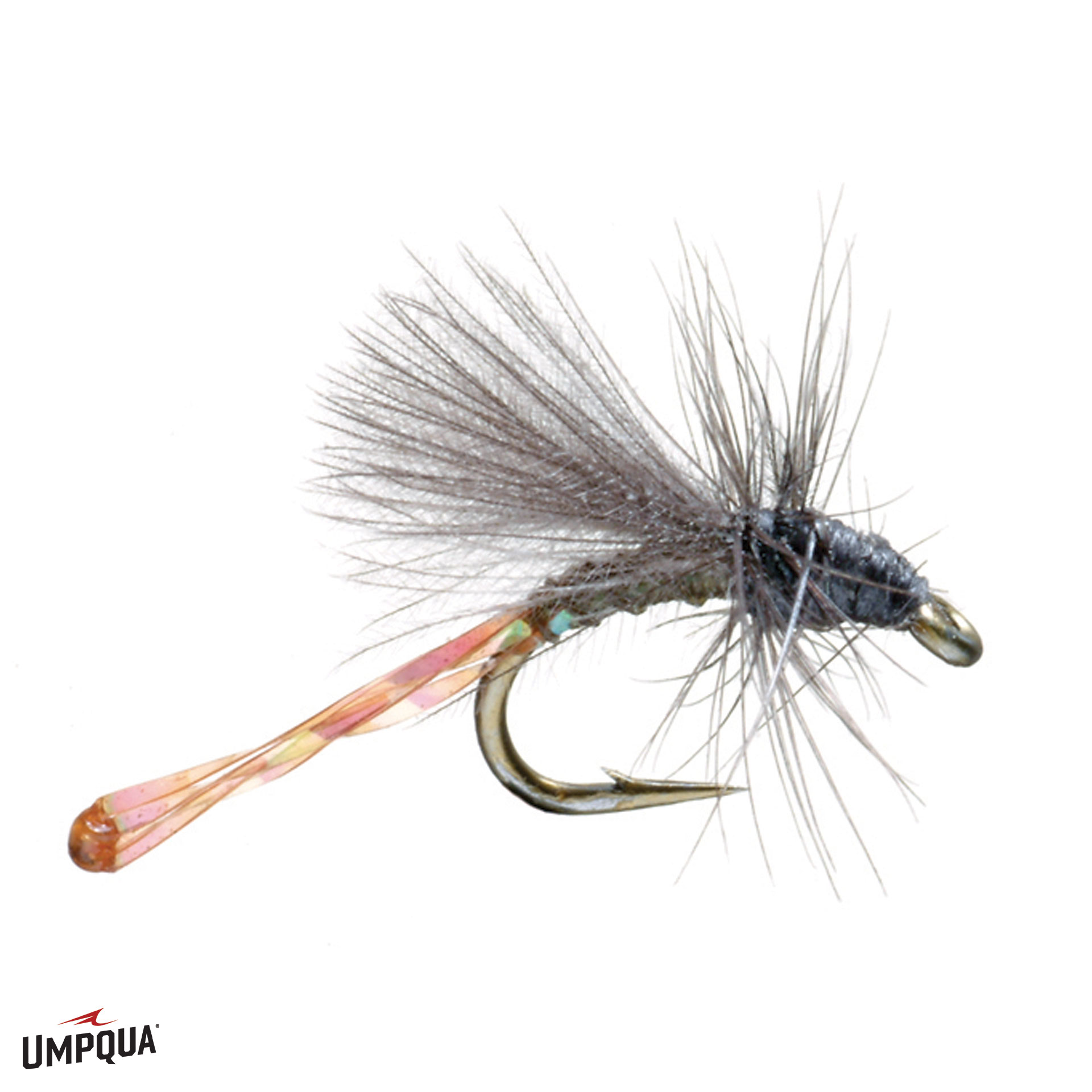
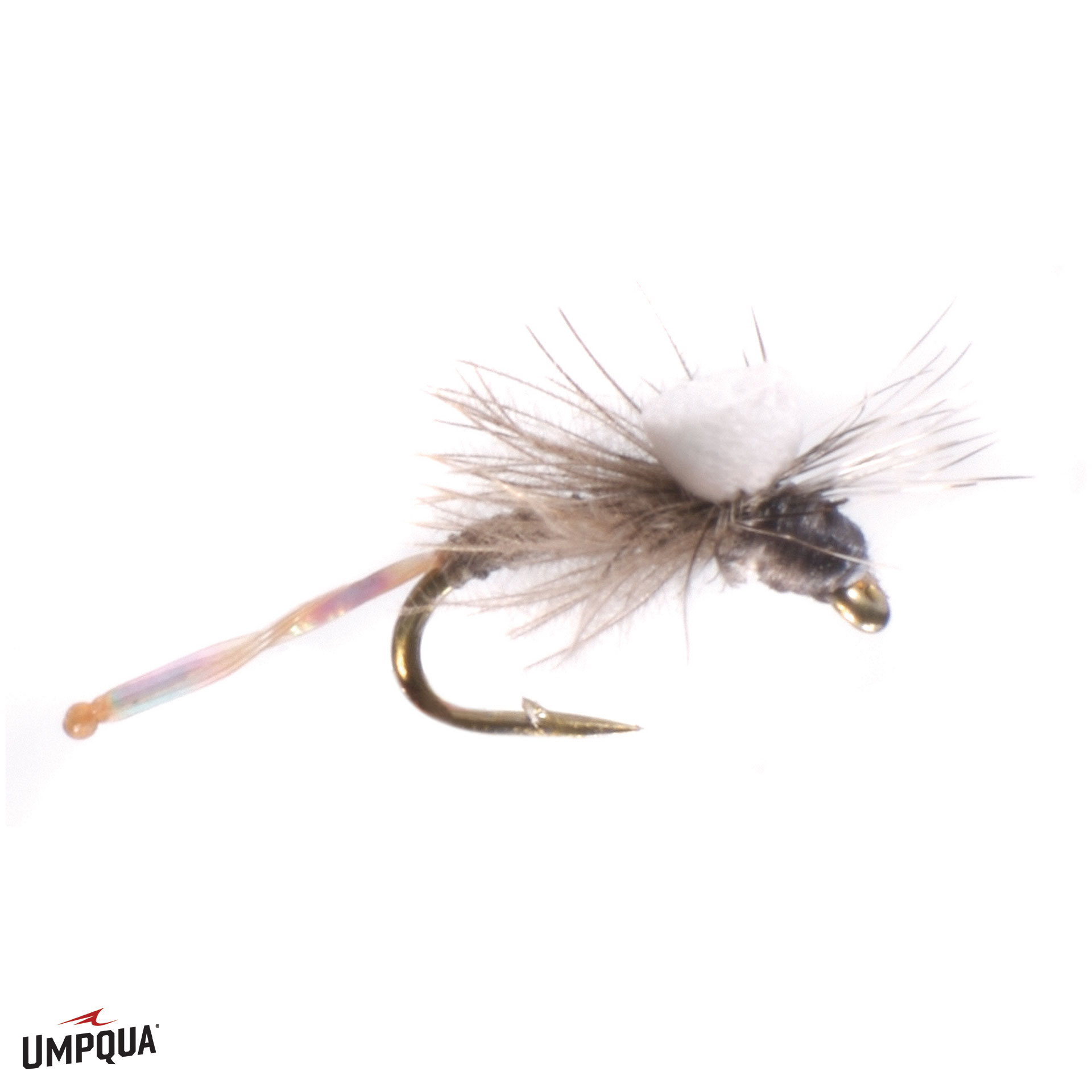
Morgan’s Midge and Morgan’s Para-Midge from Signature Tyers Craig Morgan and Eric Larson
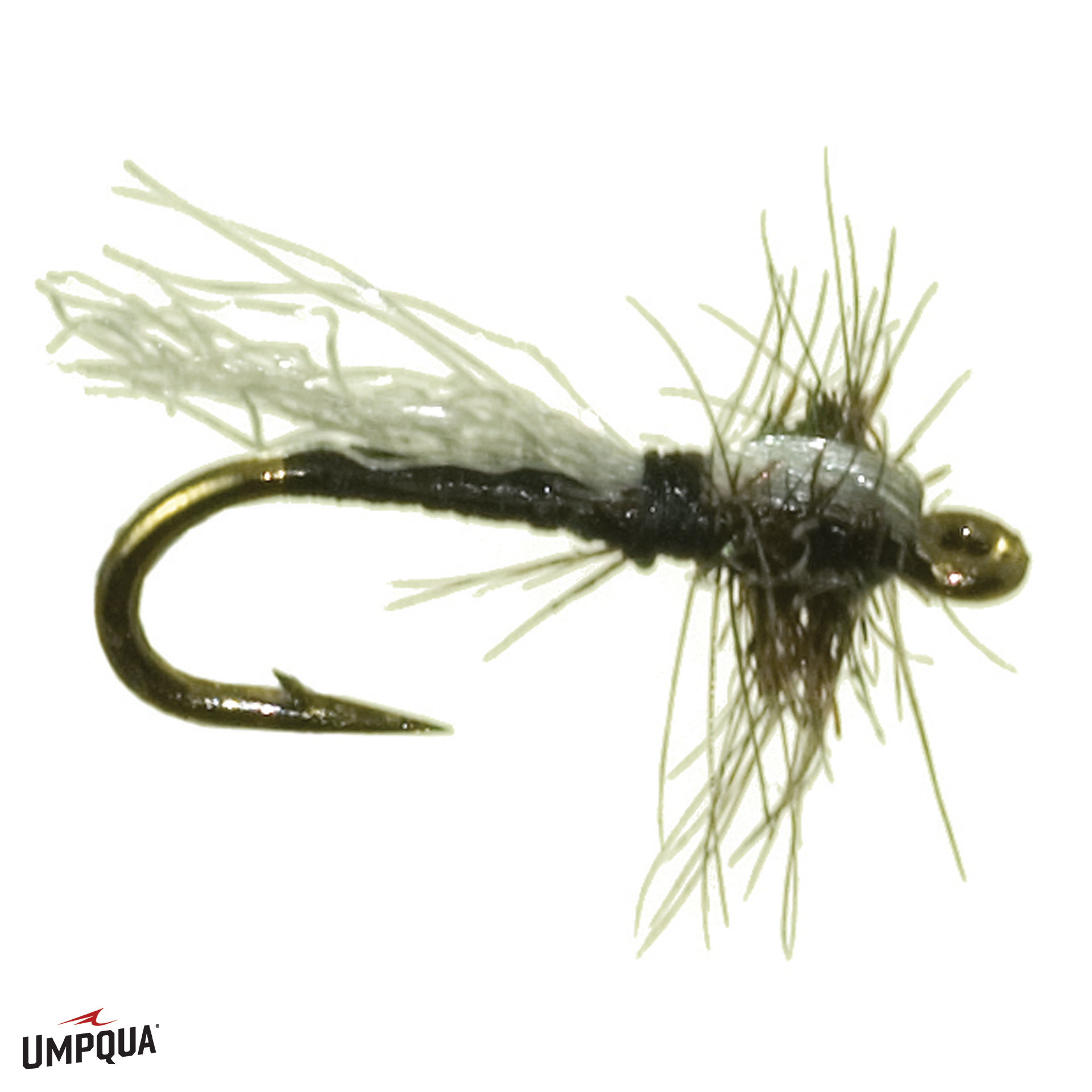
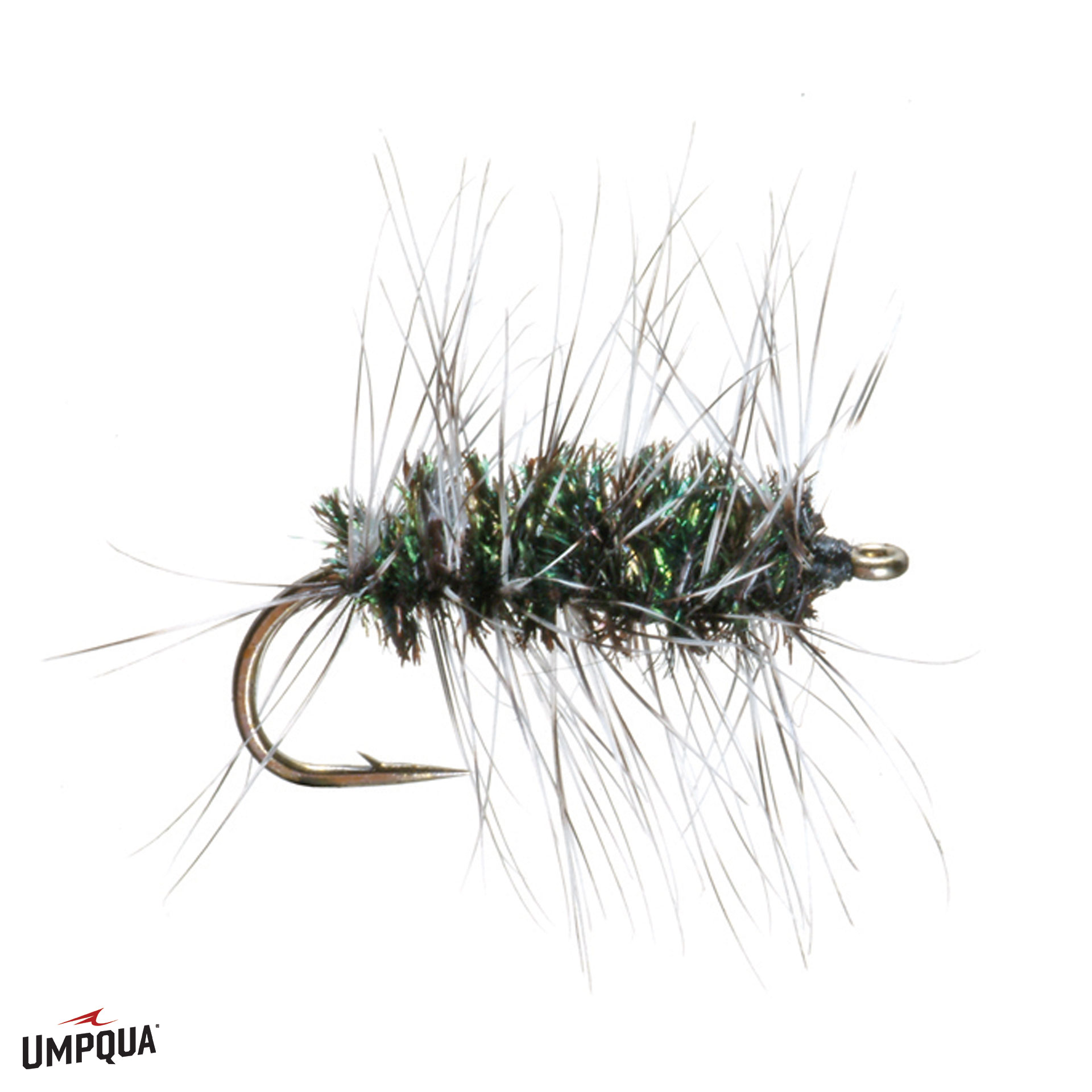
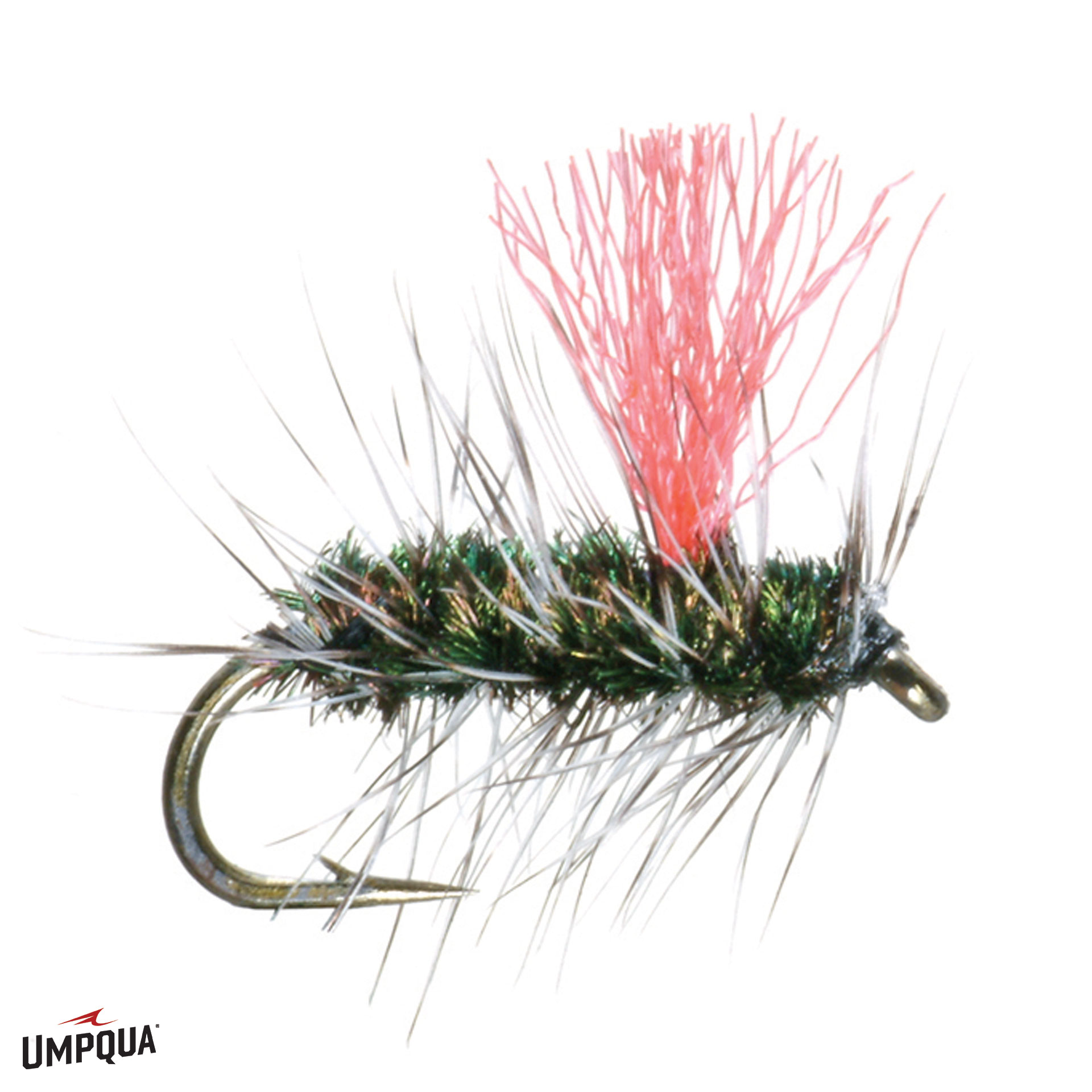
Griffith’s Gnat and Hi-Vis Griffith’s Gnat

Designing a good midge box will mean you don’t miss the chance to find success. It can be as easy as seining the river and matching the shape, color, and silhouette of a fly. When you see that first trout nose break the surface of the water it is easy to recognize what type of fly patterns to gravitate towards - adults and pupae.
A dry dropper rig can be extremely effective during these periods of midge activity. If you don’t see any rise rings or it’s early or late in the day, a pair of midge larvae fished deep to the bottom is a great rig.
As the day warms, nymphing a larva close to your weight, with an unweighted pupa as a dropper is a great jumping off point especially if you see any fish suspended in the drift.
/ Tips from Umpqua’s Signature Tyers on Fishing Midges
“I am a firm believer that the less time you allow a trout to investigate your dry fly, the better the chance you have that the fish will commit. To accomplish this, I share a tip that I learned from one of my mentors and good friend John Barr. Fire the dry fly 1-2 feet above the rising trout forcing it to react. This is especially effective during low water conditions in winter when the river’s edge is slow-moving and will not allow a long drift.
If you really want to sweeten the pot, place a dropper pure midge pupa in an emerging state below to allow the trout to feed without even having to break the surface. The trick to this setup is to think short, not just in the distance above the trout for a fast reaction but also to minimize the distance below the dry with your dropper. This keeps your fly within the trout’s viewing window. Remember, the closer the trout is to the water surface, the narrower and shorter the fish’s viewing lane is.
I usually start with an 18-22 pure midge 6-12 inches below a Griffiths Gnat or Matt’s Midge. Then if I need to extend, I go with the Hopper, Copper, Dropper style setup from John Barr, but with a small fly twist. The second trailing dropper is a tungsten tube midge to match the midge pupa food supply closer to the river bottom. This will give you a shot at the fish near the surface and any hidden targets or shadows below.”
\ Landon Mayer
“Winter means Midges, like it or not these are the facts. When I am on my local tailwater, I often employ a very straight foreword nymphing rig. With split shot one foot above my flies. Very simple right? Now as for the flies, I will usually put a Larva pattern like the Demon Midge or the Neon Nightmare on as the point fly.
I will then add two to two and a half feet of tippet off the bend of the hook. My second fly will be a Midge pupae or emerger like the Massacre Midge, a key element of this fly is the foam and the dubbing which make this fly buoyant. This buoyancy is key for my second fly, I want the emerger to be riding much higher in the water column.
Remember that the further away your flies are from you split shot the higher they will ride in the water column. What this does for me is now I am fishing two columns of water not just one, and two is much better than one.”
\ Matt McCannel
"I like to fish dry flies to rising trout. I catch more fish being patient, and observing the water. I do my homework and arrive on stream during prime time for aquatic insect emergences.
Then, before I rig up, I sit on the bank and watch for fish rising to expected hatches.
I get close to rising fish scooting on my butt or walking on my knees, often within a rod length away. Trout rise in narrow feeding lanes so it's important to keep track of my fly. Usually large trout rise in slow-shallow water and are extremely wary. A bad presentation will put them down.
By getting close I can deliver an upstream short line-pinpoint accurate cast, keep track of my fly and defeat drag. I never flock shoot even though tempting to do so when several fish are rising. I single out one of the larger trout and present an accurate cast while concentrating and keeping patient. It works for me and I know it will for you!"
\ Craig Mathews
Never miss a window of opportunity for success on the water, design a good lifecycle midge box, and head out to the river with the right flies and these great tips.
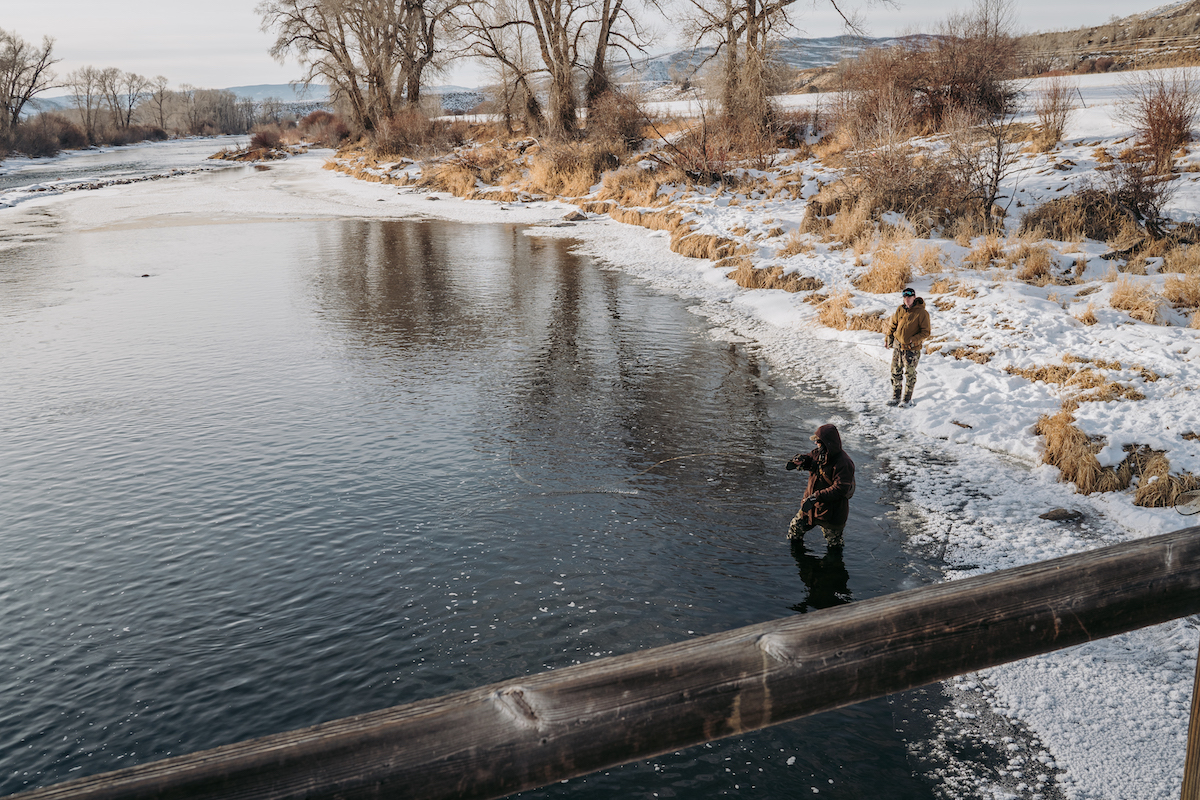
VIDEOS
